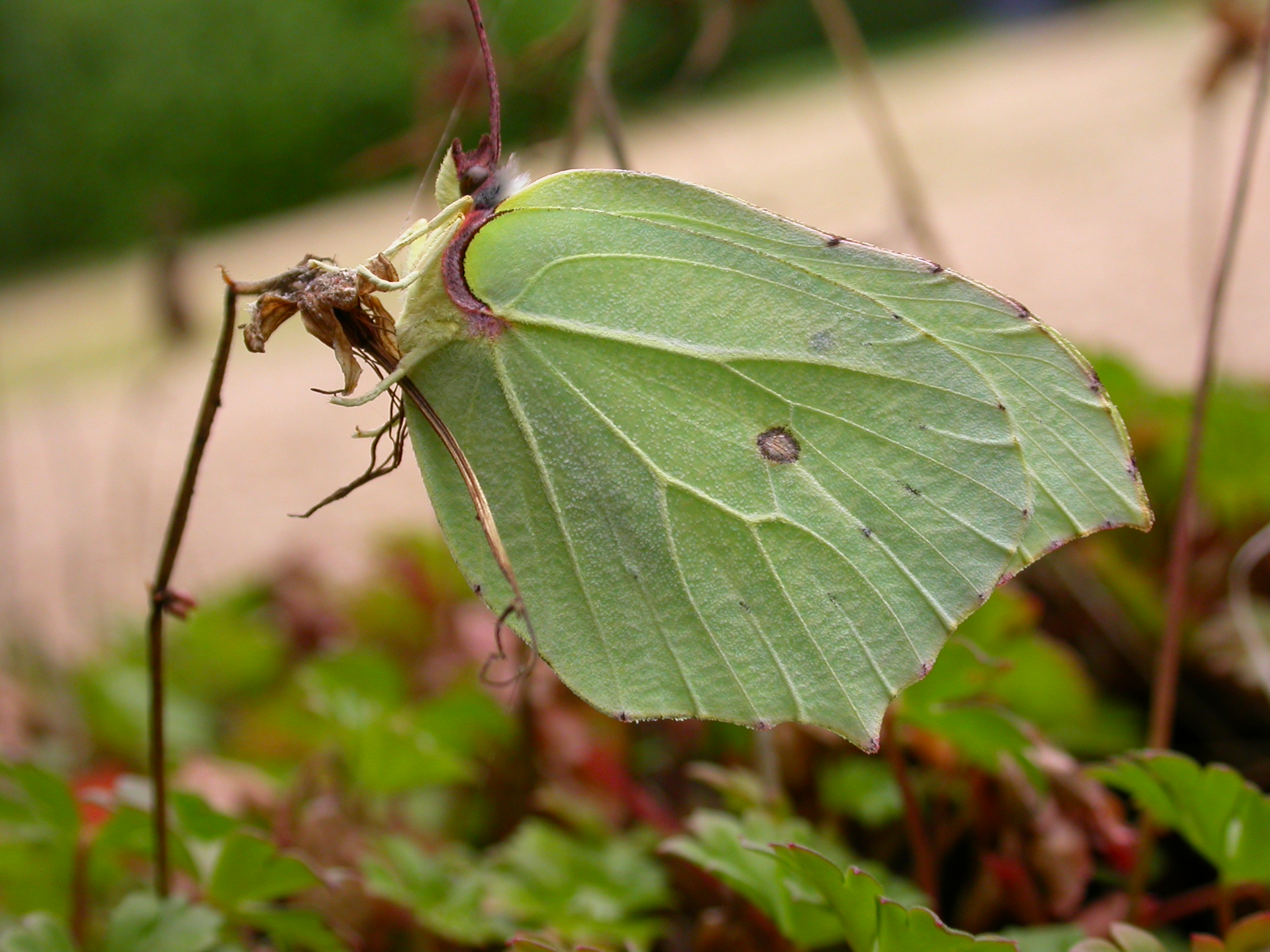Sickleholme Nature Notes
Looking back at February of last year, I was reminded that the lockdown period had meant that wildlife reports were few and restricted to sightings from those with legitimate reasons to be on the course. Sadly, this year has been somewhat similar but, on this occasion, it has been the weather that has meant the course being closed on a number of days.
In the main, our wildlife copes with cold weather very well, unless there is an extended period of sub-zero temperatures, but the excess of rain that we have been experiencing is often more damaging. The birds tend only to suffer if the rain comes later in the Spring and disturbs nest building and breeding, but winter rain can seriously affect insects in a number of ways. I suspect that our early butterflies and moths will be down in numbers with smaller creatures washed away or losing their eggs.
On a more cheerful note, one of the resident Great Spotted Woodpeckers was the first to be heard drumming on the 3rd of the month. This largely territorial behaviour is created by rapid tapping of the bill on hollow material and can be repeated several times in quick succession. Another encouraging sight was of a Goshawk overhead on the 10th. We now know that there is a pair breeding locally and seeing them over the course is becoming more frequent.
The Network Rail project will see significant planting from early March, both along the revised boundary line and on other parts of the course, and it is hoped that details can be made available soon now. March should also see more early wildflowers and hopefully our first butterflies of the year. Please do let me know of your own first sighting. Unless there is a Small Tortoiseshell or more wintering in the machinery buildings, then my money is on the sulphur-coloured Brimstone. This month’s photo image is one that I took showing the creature’s underwing. Closing the wings provides excellent camouflage, particularly when hiding in evergreen plants such as Ivy. Let’s just hope for some March sunshine that both we and our wildlife can enjoy.
Bryan Barnacle


